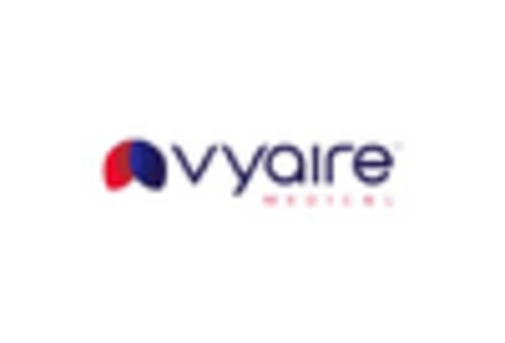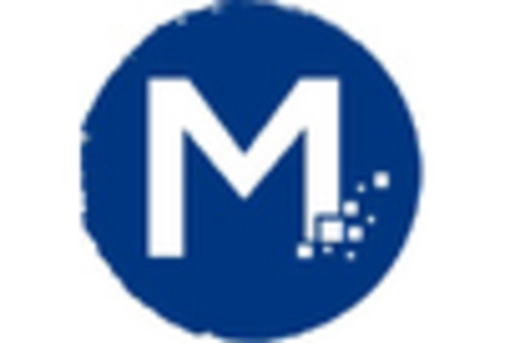The South America Tracheostomy Products Market is characterized by a growing demand fueled by a rise in respiratory conditions and an aging population increasingly requiring long-term ventilation solutions. As healthcare institutions in the region continue to embrace advanced medical technologies to enhance patient care, the competition among key players intensifies.
Companies are focusing on innovation and product differentiation, investing in research and development to offer improved tracheostomy solutions tailored to the needs of clinicians and patients. This competitive landscape is further shaped by strategic collaborations, partnerships, and regional expansions aimed at capturing a larger market share. The awareness of tracheostomy products is rising, leading to an opportunity for companies to establish a stronger foothold and cater to the evolving needs of healthcare providers and patients across South America.
In the South America Tracheostomy Products Market, BARD has established a significant presence, leveraging its reputation for high-quality medical devices. The company's strengths lie in its extensive experience in the healthcare industry and its strong commitment to innovation. BARD has developed a portfolio of tracheostomy products that meet stringent quality standards, which enhances their appeal to healthcare providers and patients alike.
Additionally, BARD’s established distribution channels and relationships with healthcare institutions in South America bolster its market position, making its products readily accessible. The company prioritizes customer education and support, further solidifying its status as a trusted partner within the region's healthcare ecosystem. Its focus on patient safety and comfort drives the continuous evolution of its product offerings, ensuring they remain relevant and effective in addressing the needs of those who require tracheostomy care.
Vyaire Medical is another key player in the South America Tracheostomy Products Market, known for its comprehensive range of respiratory care solutions. The company offers various tracheostomy products designed for both acute and chronic respiratory support, enhancing the quality of care provided by healthcare professionals in the region.
Vyaire Medical's strengths include its robust research and development initiatives that foster innovative product designs, making them adaptable to diverse patient needs. The company has successfully implemented several partnerships and collaborations to expand its footprint within Latin America, which has been instrumental in increasing accessibility to its advanced respiratory products.
Furthermore, Vyaire Medical has a strategic focus on enhancing patient outcomes through educational programs for healthcare providers about the best practices in tracheostomy care. The company's commitment to quality and innovation is reflected in its ongoing efforts to acquire smaller firms that bring complementary technologies into its portfolio, further strengthening its market presence in South America.






















Leave a Comment